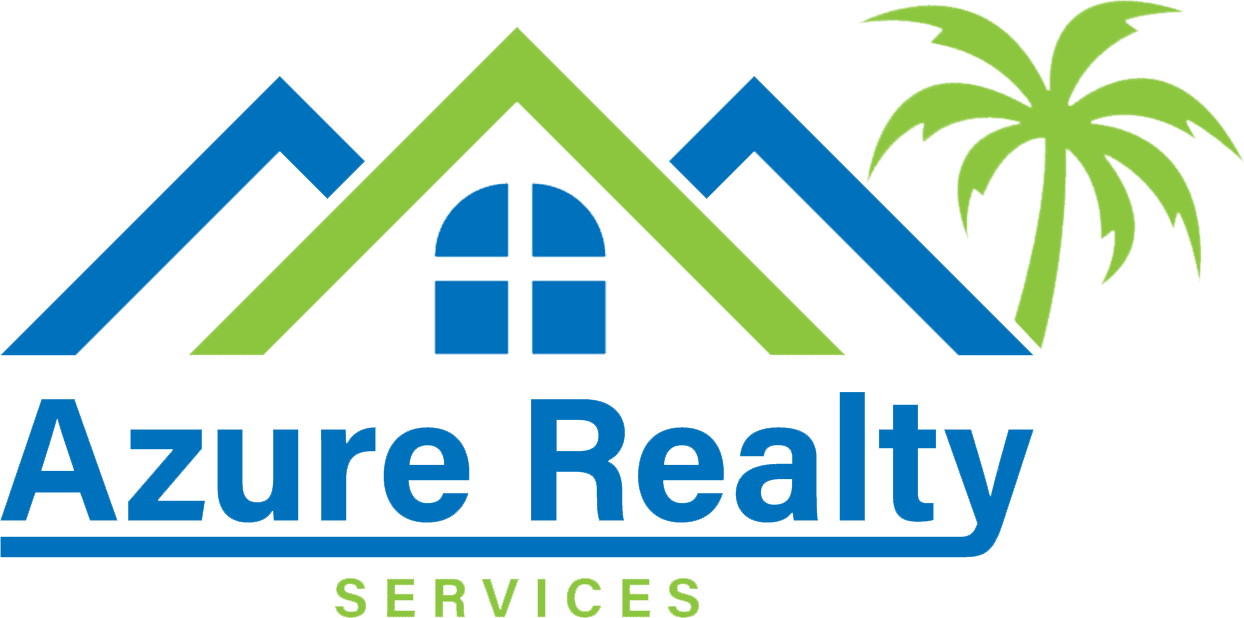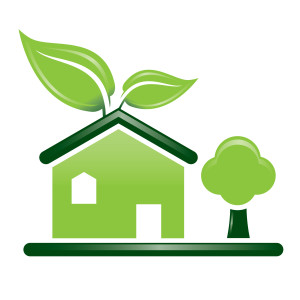Going Green means different things to different people, but essentially it is living in an environmentally friendly way. Doing so will save you money but you will also be using less water, less electricity and less of any other energy resources you may have at hand. At the same time you will be conserving our natural resources as well as protecting the environment, a great benefit for all.
Living Green can be done with a few simple changes:
Lighting:
Replace your most used light bulbs with CFLs which will in turn reduce your electric bill and produce less heat thus reducing your AC usage.
Replace your most used light bulbs with CFLs which will in turn reduce your electric bill and produce less heat thus reducing your AC usage.
Make your own Cleaning Solutions:
Switch to natural products and solutions you can mix up yourself. Vinegar diluted with water can wash your windows. White vinegar mixed with hydrogen peroxide can be used to sanitize countertops. And the list is endless…
Low Flow Alternatives:
Low-flow showerheads and faucet aerators are inexpensive and can save about half the water without sacrificing water pressure. Low-flow toilets are another option, look for the WaterSense label. If replacing your toilets is not an option, fill a 2-liter bottle with water and drop it in the toilet tank , this will force the toilet to use less water per flush.
When the time comes to replace the water heater, consider the tankless option. This system only heats the water when it is needed. If you are not ready for a new water heater, wrapping it with a special insulation and insulating all the hot-water pipes also conserves energy.
Add some Greenery:
Visit your local plant nursery to add trees to cut your cooling costs by shading your home. Inside, plants not only make a home feel more comfortable, they also help purify the air and produce oxygen.
Reduce exposure to chemicals:
We are surrounded by volatile organic compounds (VOCs) inside and outside of our homes. VOCs are any carbon-containing substance that evaporates at room temperature. VOCs pose a significant health hazard in our lives. Examples include, paints, cigarette smoke, pesticides, gasoline and other fuels, glues and adhesives, cosmetic products, automotive exhaust, and even cleaning products are a few of the items that contain VOCs. When painting your home, look for low VOC paints featuring the Green Seal.
Energy Star Logo:
When replacing your old appliances, be sure to upgrade to new, energy-efficient models that can save you a significantly on your energy bills. Replacing any appliance older than 10 years is a good place to start. Be sure to select models displaying the Energy Star logo.
Plant a Garden:
No matter the size of your property, a garden is a beneficial way to have healthy and fresh food. Gardening can also be a soothing relief at the end of the day. Home grown foods cost less and enhance your exterior environment. Even in an apartment or condo, you can have a small container garden on your window or porch.
Rain Water:
Consider obtaining a couple of rain barrels and divert your gutters to flow into them on rainy days. This will be a great source of nutrient water for your new garden.
Become Paperless:
Register for paperless billing with your utility company and other monthly expenses.
Insulating and Sealing:
Insulating and sealing your home is one of the most important things you can do to save energy and reduce your utility bills. Another energy saving project is to install ceiling fans. Moving air makes it feel cooler as well, allowing you to keep the thermostat a little higher.
As you begin to green your home you will find your own simple ways to save the planet and reduce your energy costs. Going green is not necessarily expensive, but it is rewarding for a lot of reasons.
Tell me what you think of “Going Green” and tell us your energy saving ideas.
Rene Sabatini
Azure Realty Services
954.946.3838



